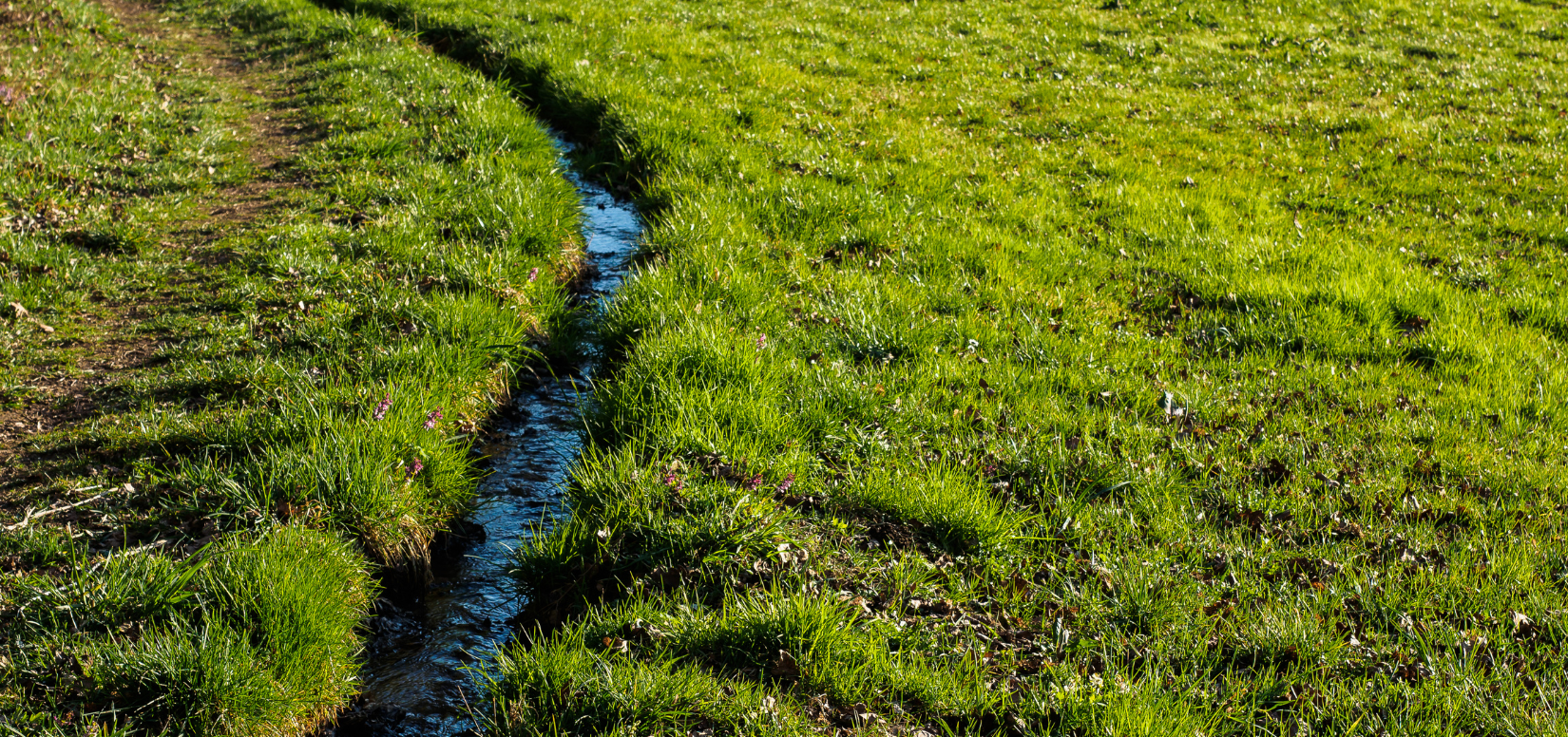Drainage
The municipality is responsible for the management of the drainage systems located within their municipal boundaries. These drainage systems, often known as “municipal drains”, are vital to the communities, roads and surrounding lands in rural Ontario.
They reduce flooding, improve safety and reduce property damage. They are as important to rural Ontario as storm sewers are to urban areas.
The Drainage Act, R.S.O. 1990 provides the legislative vehicle for the construction and management of many of the communal drainage systems in rural Ontario.
For more information please visit the Ministry of Agriculture, Food and Agribusiness website or contact the Drainage Superintendent at 519-773-5344 ext.238.
Drainage Assessments |
|
Municipal drains provide a legal outlet for surface and sub-surface waters. In return, the landowners within the defined watershed pay for the ongoing maintenance of the drain. Municipal drains are more common in the agricultural areas of the Township, however there are municipal drains in the urban areas along roads and in the small Village areas that will from time to time be assessed for drainage repair and maintenance. The amount assessed for drainage maintenance will be in direct proportion to the lands owned within the watershed in accordance with the assessment schedule for the drain. |
Improvement of Existing Drain (Section 78) |
|
Landowners can complete the Notice of Request for Drain Improvement Form that falls under Section 78 of the drainage Act, if an existing drain requires significant repair and as a result the repair includes changing the original drain's infrastructure in a way that is different from the original engineered plans. Examples of this include, changing the original course of a drain, making a new outlet for the whole or part of a drain, covering all or part of the drain, widening, lengthening or deepening a drain, etc. |
Maintenance and Repair (Section 74) |
|
Landowners can complete the Notice of Request for Drain Maintenance Form that falls under Section 74 of the Drainage Act, which includes basic maintenance & repair work. This can include work such as clean outs, removal of beavers/dams, repairing/replacing tile and generally repairing the existing drain in a way that does not detract from the drain's original design and construction. |
New Drain (Section 4) |
|
Landowners in an area requiring drainage can sign a Petition for Drainage Works by Owners Form, which will set in motion a project to construct a new municipal drain. |
Other Drainage Information |
|
Avoiding & Resolving Drainage Issues Top 10 Common Law Drainage Problems Between Rural Neighbours Duties of the Landowner Under the Drainage Act Municipal Drain and the Landowner Understanding Court of Revision Procedures Understanding Drainage Assessments |
Tile Loans |
| Installing tile drainage is a very common land improvement practice among farmers in Ontario.
Corrugated plastic tubing, clay and concrete drain tile are installed beneath the surface of agricultural land to drain excess water from the crop root zone. The benefits of tile drainage for crop productivity, farm efficiency and even for reducing environmental impacts have been studied and are generally well known to farmers. The Tile Drainage Act provides for loans to agricultural property owners to help finance these projects. A Tile Loan Program Fact Sheet and the Tile Loan Application Form are available through OMAFA |
Contact Us







 Subscribe to this Page
Subscribe to this Page